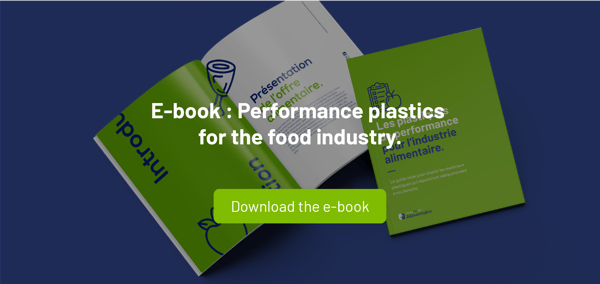We’ve previously tackled the issue of cross-contamination to explain what this phenomenon entails and how it might arise in a food production environment. To learn more about cross-contamination, you can read our article on the subject here.
We’ve previously tackled the issue of cross-contamination to explain what this phenomenon entails and how it might arise in a food production environment. To learn more about cross-contamination, you can read our article on the subject here.
This article is about what happens when cross-contamination occurs. Typically thought of as “food poisoning,” there are in fact a wide range of illnesses that originate from ingesting foods that have been contaminated by pathogenic bacteria.
This article is about what happens when cross-contamination occurs. Typically thought of as “food poisoning,” there are in fact a wide range of illnesses that originate from ingesting foods that have been contaminated by pathogenic bacteria.
Bacteria and Toxins that are Most Often Responsible for Food Poisoning
E. coli: A bacterial species that encompasses a large number of bacteria, most of which are harmless for humans. However, certain strains of E. coli can have serious consequences when they find their way onto surfaces, foods, or liquids.
This type of bacteria is often found in raw or undercooked red meats (i.e., beef) or unpasteurized foods. For example, there is a risk of contamination whenever food is processed, prepared, or inadequately handled.
Tangibly speaking, an E. coli infection usually causes vomiting or nausea. In some cases, it can also be associated with a fever, painful cramps, and digestive problems.
Listeria: Bacteria responsible for listeriosis or listeria infections. These bacteria are usually found in untreated water, vegetables, and in soil. They cause symptoms that are very similar to those of E. coli, but listeriosis requires antibiotic treatment, whereas there is no medical treatment for an E. coli infection.
Salmonella: Salmonella infection, also known as salmonellosis, is one of the most common causes of food poisoning. Salmonella primarily occurs in poultry, meats, and other raw foods (i.e., eggs and seafood). It is often caused by undercooked foods or the cross-contamination of raw and cooked foods.
Is Bacteria Always to Blame?
Cross-contamination is often associated with bacteria and viruses, but we need to consider that there are also other types of cross-contamination, such as contamination due to food allergens and traces of gluten. In fact, contamination can occur when a food item containing one or more allergens comes into contact with a food item that is considered “safe.” In a food production environment, cross-contamination caused by allergens is just as likely to occur as a bacterial infection.
Best Practices to Help Reduce the Risk of Cross-Contamination in a Food Production Facility
- Thoroughly wash your hands before handling food;
- Wash your hands after handling raw foods;
- Prevent cooked and raw foods from coming into contact with one another;
- Thoroughly wash all kitchen tools and equipment;
- Thoroughly disinfect all work surfaces;
- Use Sanalite® cutting boards made of food-grade HDPE;
- Use coloured cutting boards that are designed to be used for specific food types:
- Red for beef and red meats
- Green for fruits and vegetables
- Yellow for chicken and poultry
- Blue for fish and seafood
- White for dairy products
- Utensils that come into contact with raw foods shouldn’t be used for cooked foods;
- Avoid preparing or cooking red and white meats on the same surface (they should be prepared separately);
- Store raw meat in a hermetically sealed container in the refrigerator to ensure it won’t come into contact with other foods;
- Do not rinse meat before cooking it; doing so will contaminate the sink and other surfaces.








